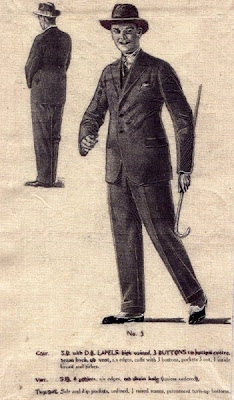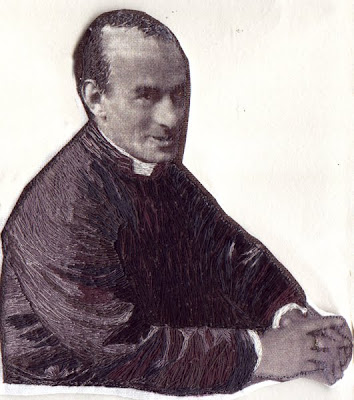
I wonder if 'the service' embroidered here is another of Robin's cigarette cards?
Chapel Allerton Lawn Tennis Club was formed in 1880 with 17 male members. The club had 5 grass courts and a wooden pavilion. By 1927 the club was the northern venue for the Wimbledon qualifying event. Since then further courts have been added, totalling sixteen, of which 3 are indoor and three have floodlights.
In 1960 the club purchased a wooden squash court from Huddersfield LTC and due to the popularity of the sport the club changed its name to Chapel Allerton Lawn Tennis and Squash Club in 1963. The club now boast 6 courts of which three are glass backed.
In 1986 a gymnasium was added to the facilities and this area of the club now provides a wide range of equipment not just for the racket players but its own fitness members.
Joyce Fulton (now Howden) and Michael Hann, club members in the 1950s both played at Wimbledon. We have a connection.
The piece was hand stitched by Maureen Carr





































